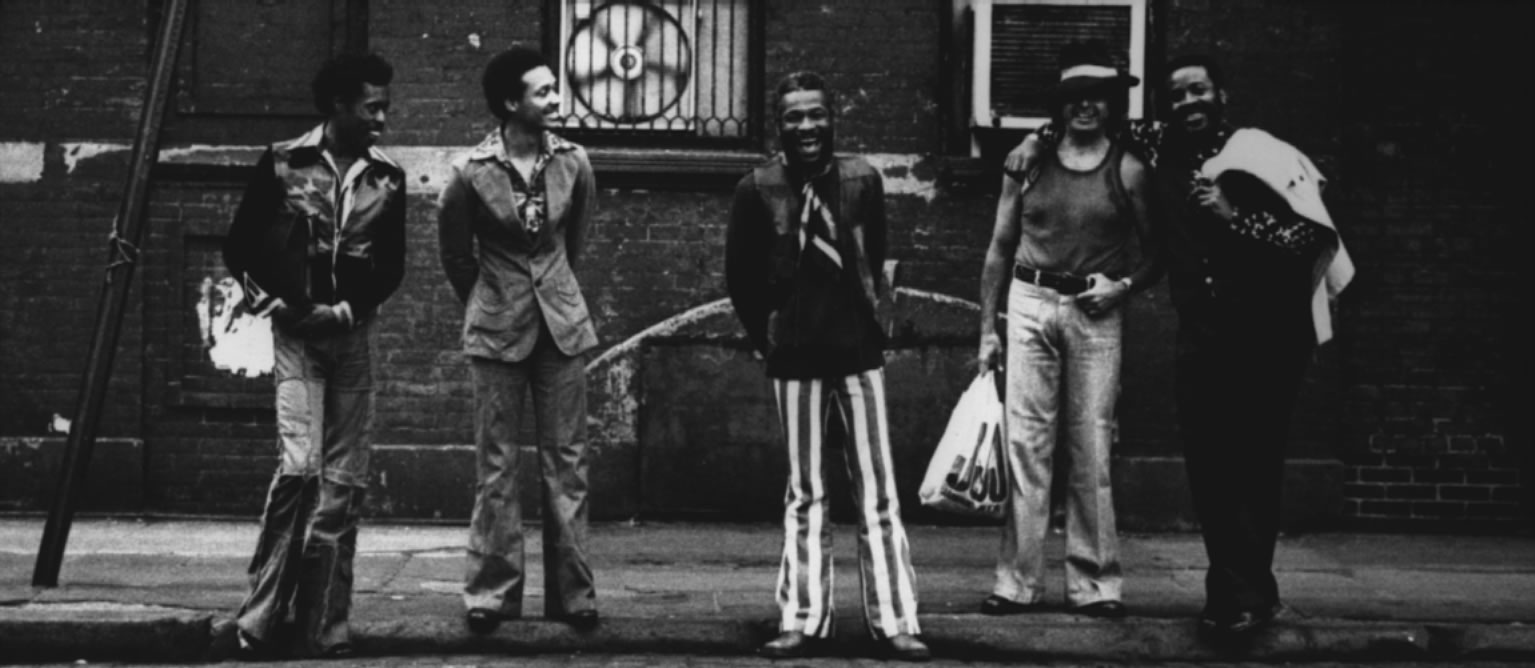Toshiko Akiyoshi: "The Village"
THE EIGHTIES
In the sixties anyone who wanted to be taken seriously in jazz had to approach the musical substance more with a dissecting knife than with the traditional instruments. One had to separate structures, dissect rhythms, break conventions and avoid the traditional in new combinations. The free jazz of the 'sixties dropped those elements which for half a century had been seen as the essence of jazz -a strong beat, thematic form, rhythmic intensity (swing) and functional harmony - and in doing so created a form of improvisation which for all its freedom often sounded remarkably similar. At the same speed with which the interpreters pushed their way to ever equal freedom, there grew a dissatisfaction with the idea that this 'controlled chaos' should be considered the definitive way in the development of jazz. As a counter movement in the 'eighties, a number of new hybrids came into existence which were difficult to tell apart: jazz ond rock, folk and jazz, electronic music and free jazz, neo-bebop, minimal jazz, noise or punk-jazz.
In its beginnings, free jazz had the some kind of effect as serial music. Seriality led to total composition, free jazz led to total improvisation. Nowadays the serial phase is seen as historically consequent; no composer would now allow his music to be understood as purely serial. Seriality has been reduced to a serial technique. The same is true of free jazz, which has become one stylistic principle amongst many.
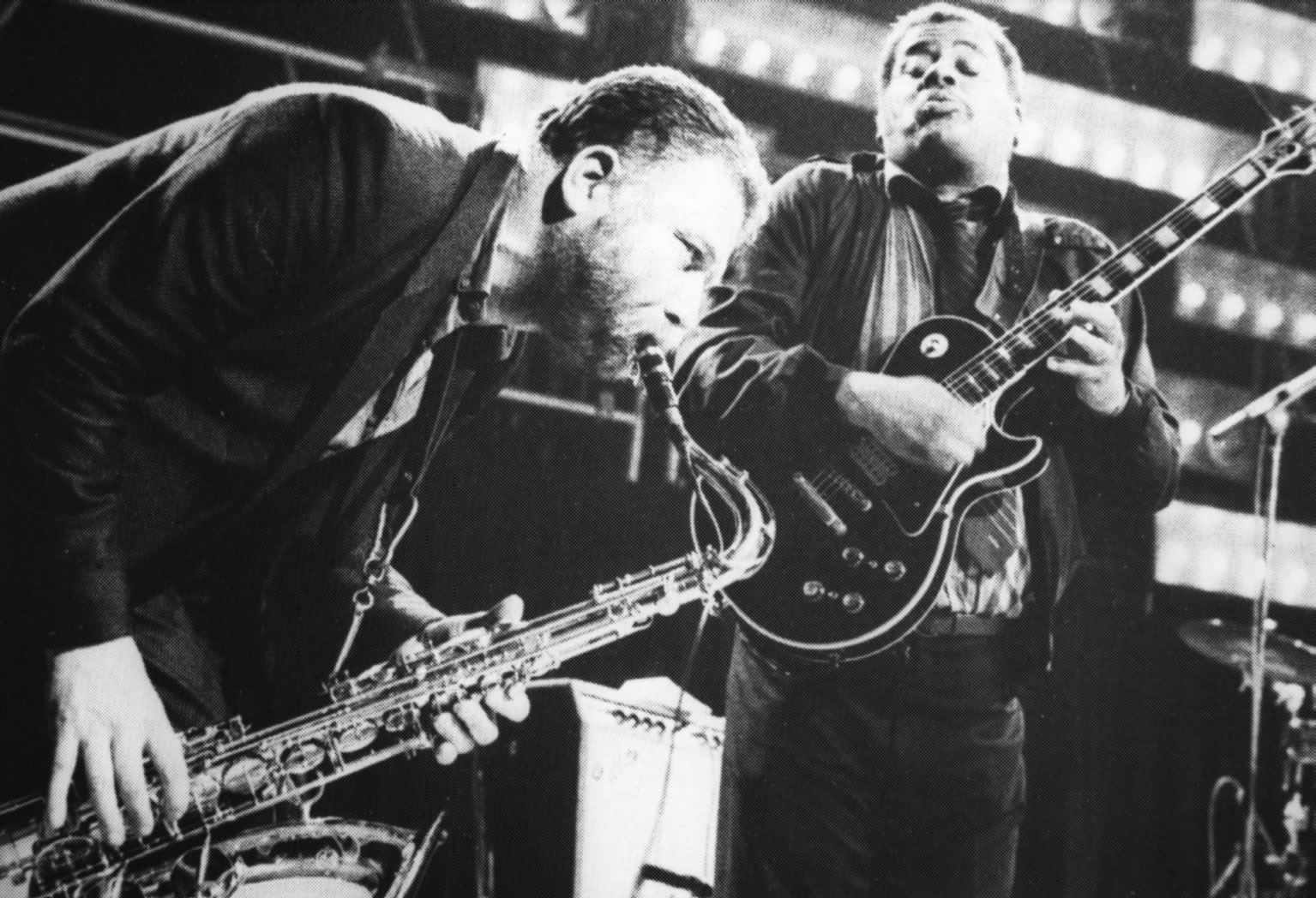

Peter Brötzmann (l), Sonny Sharrock
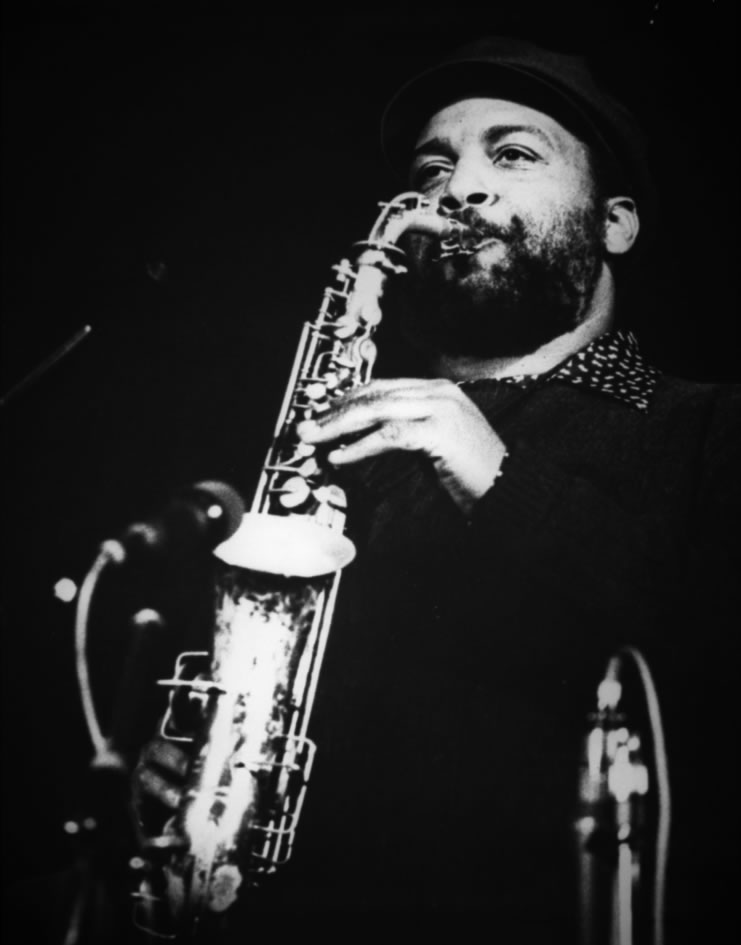

Arthur Blythe
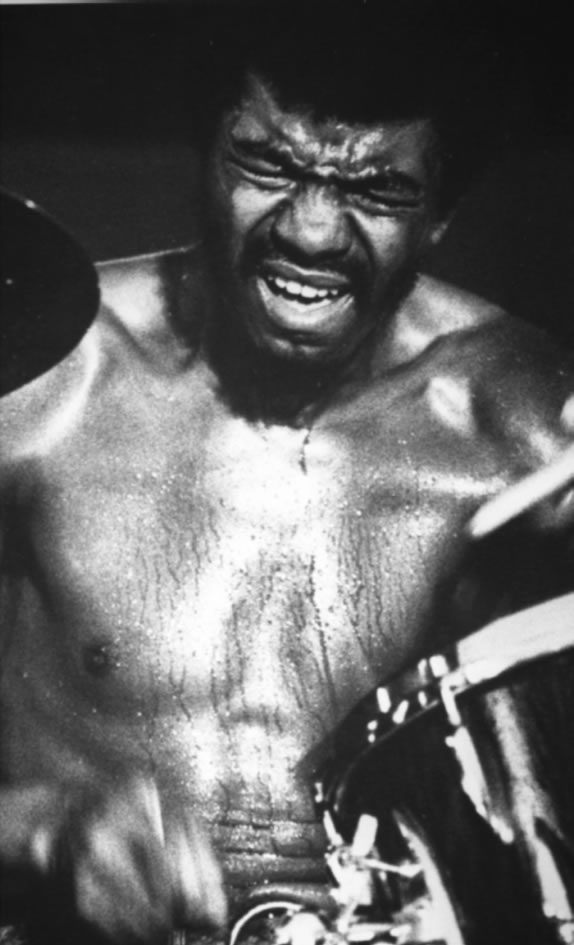

Jack DeJohnette
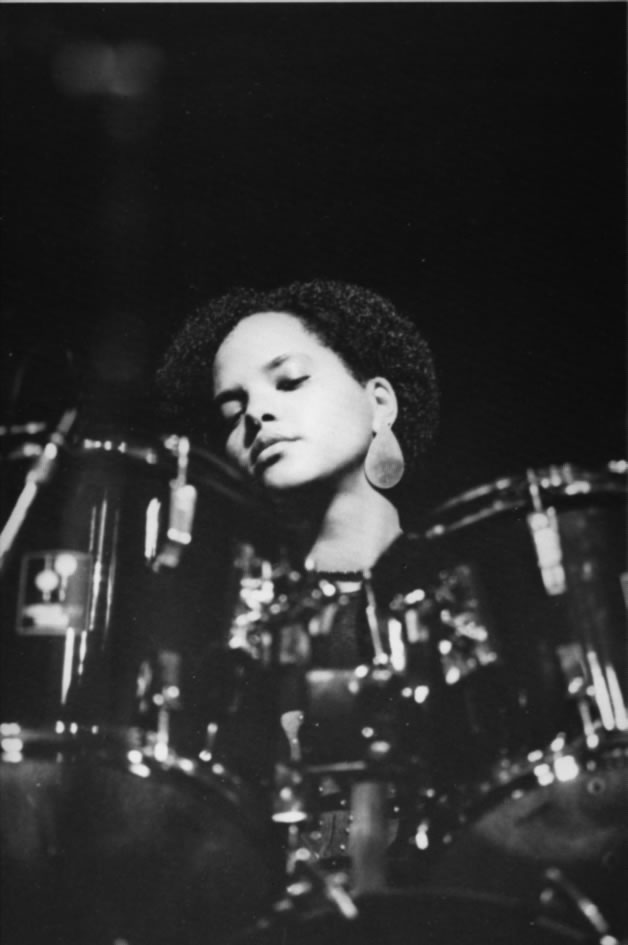

Terry Lyne Carrington


Michele Rosewoman
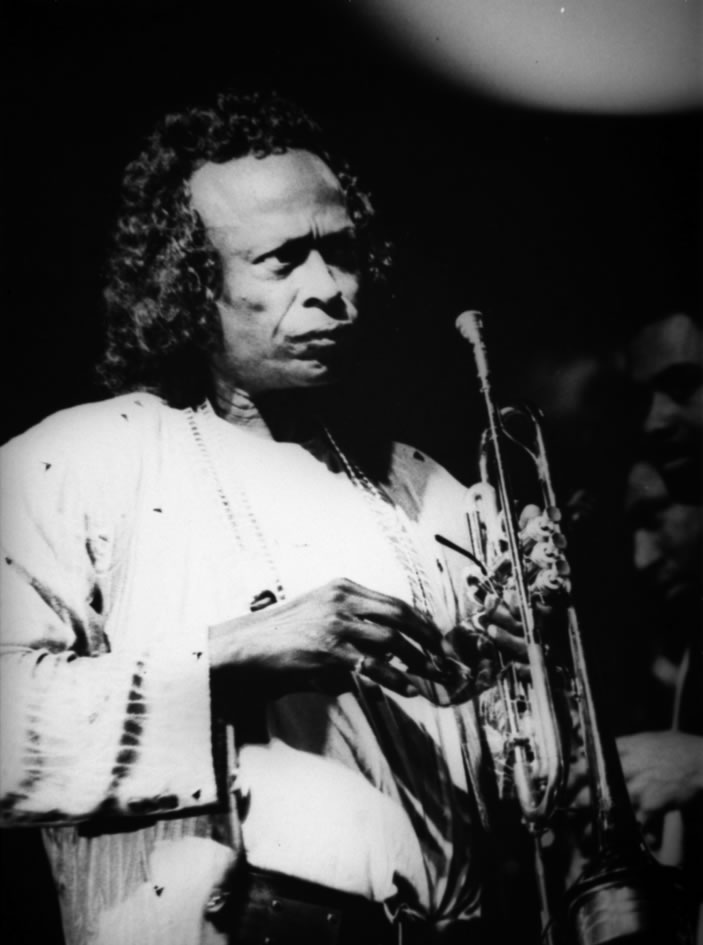

Miles Davis
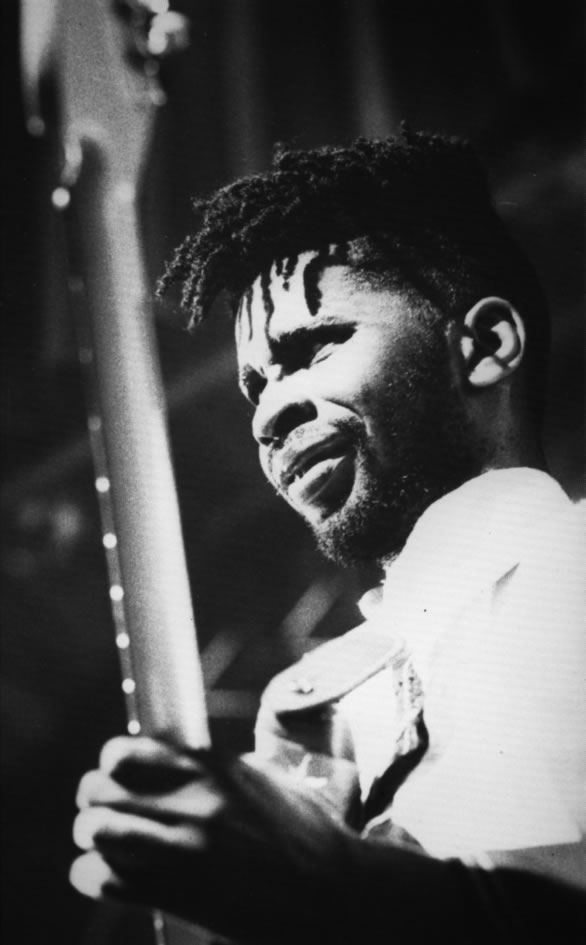

Vernon Reid
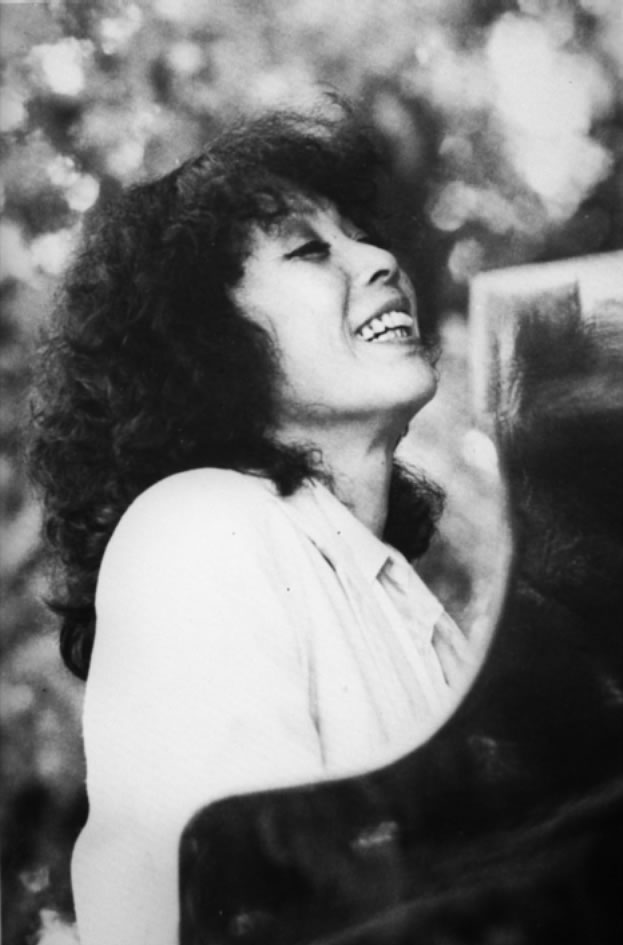

Toshiko Akiyoshi
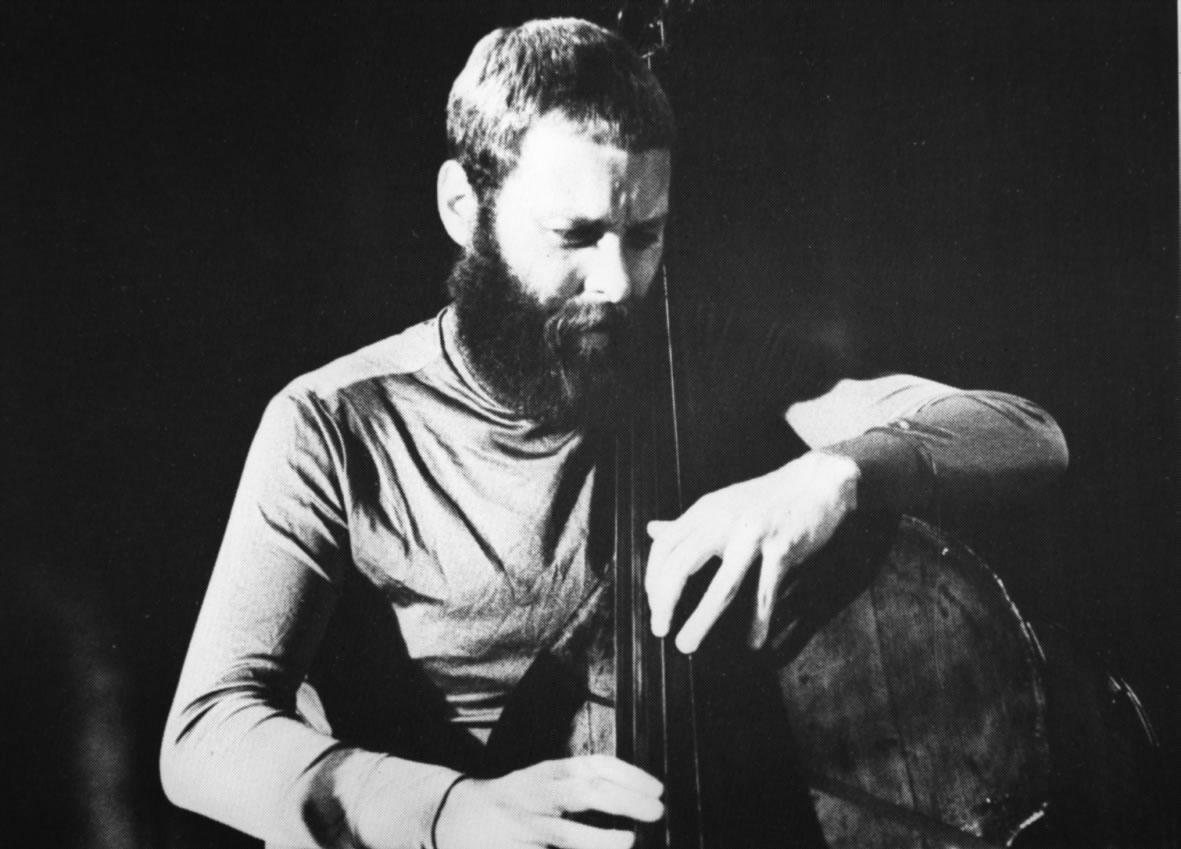

Dave Holland
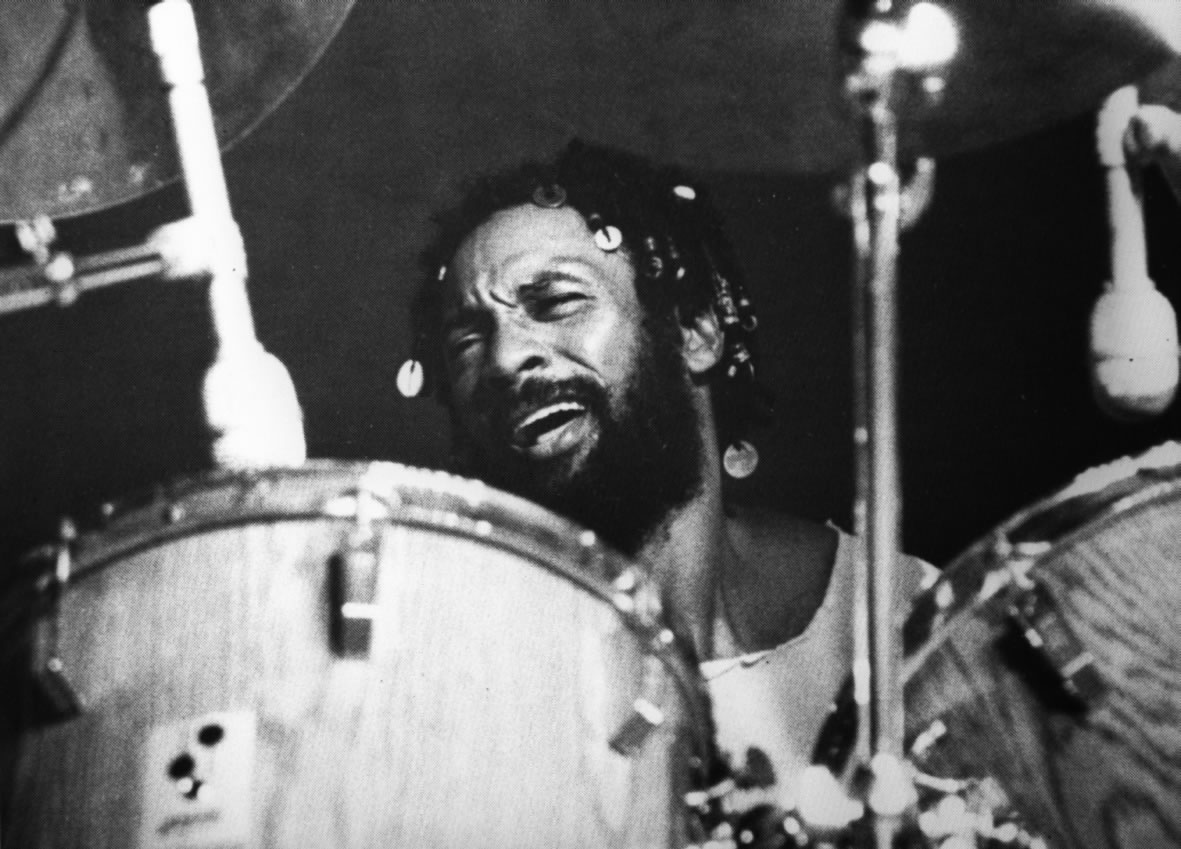

Ronald Shannon Jackson
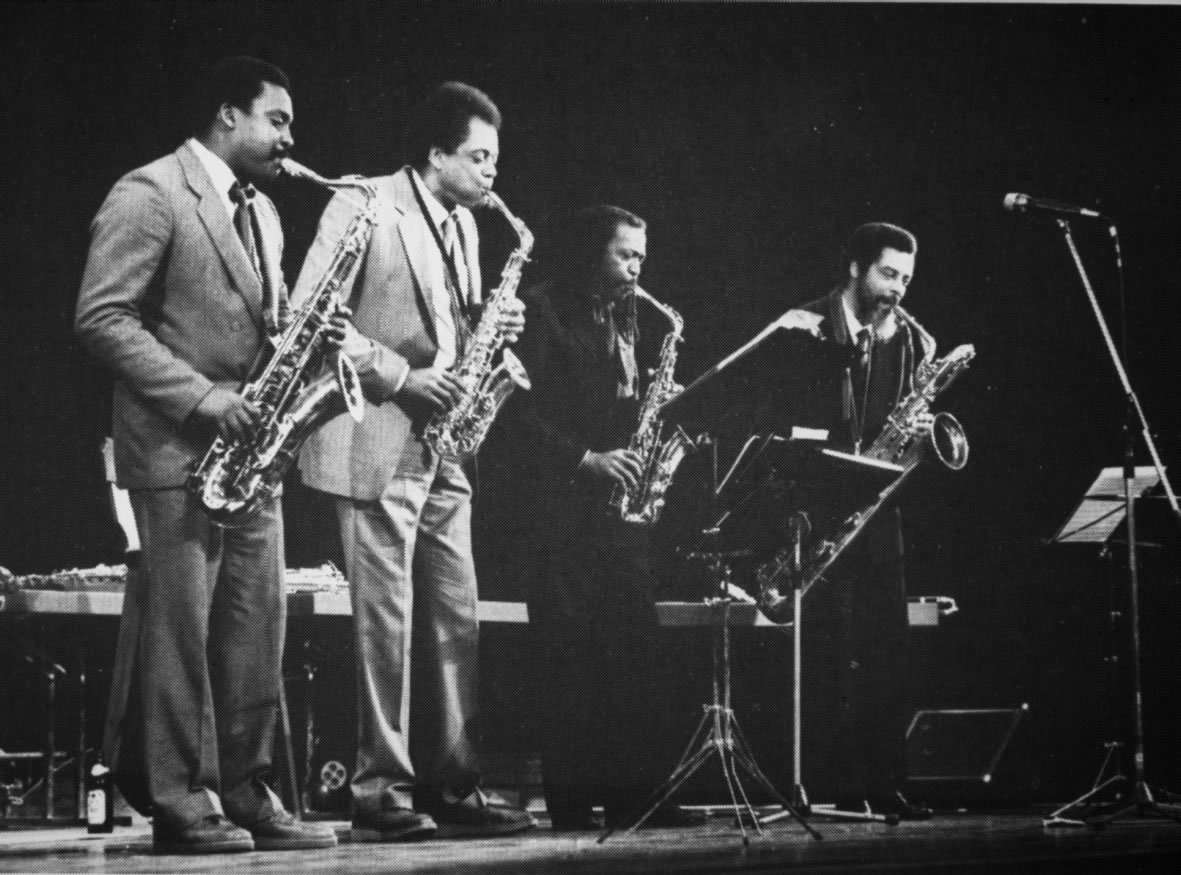

World Saxophone Quartet
David Murray, Julius Hemphill, Oliver Lake and Hamiet Bluiett (l to r)
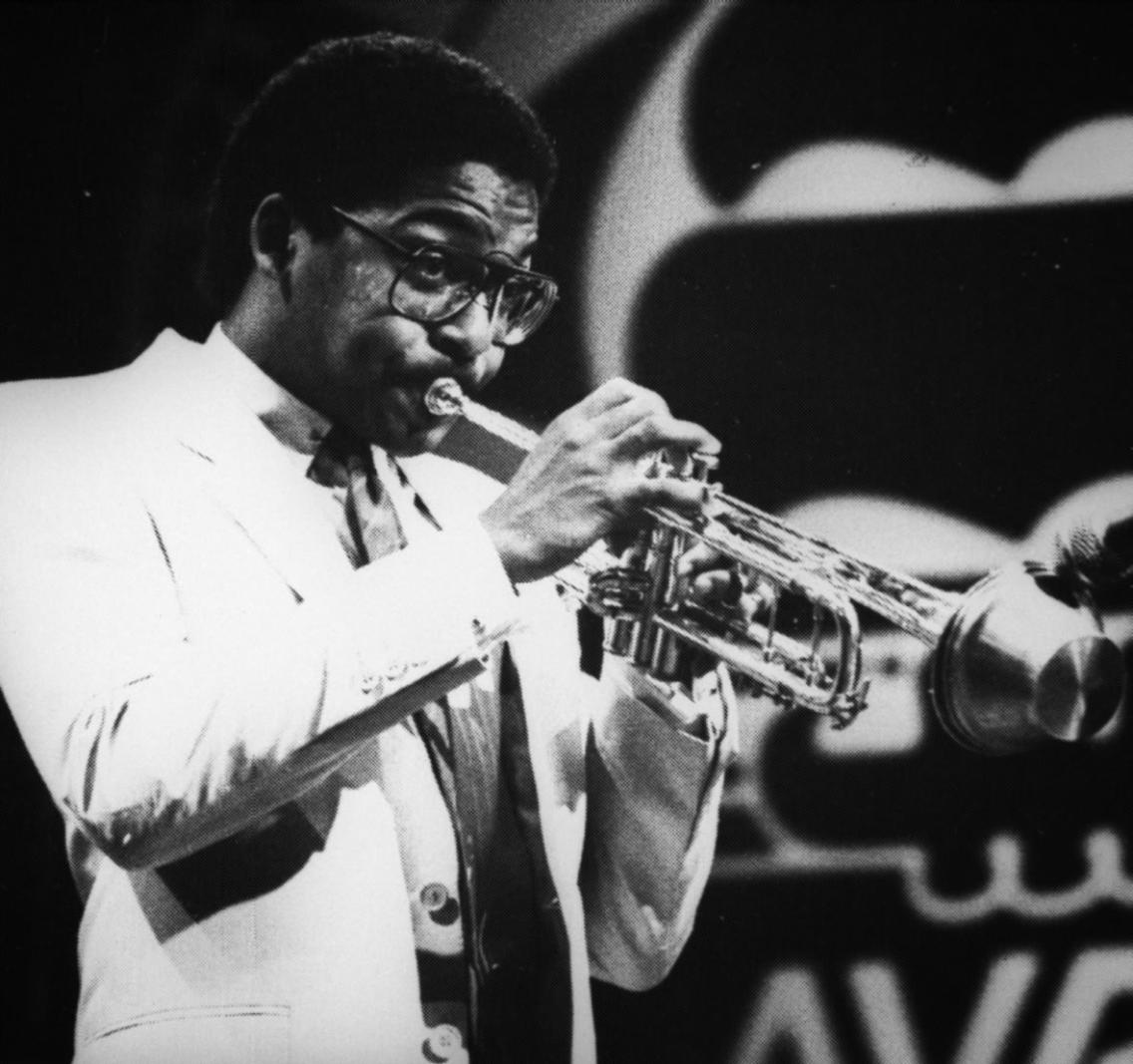

Wynton Marsalis
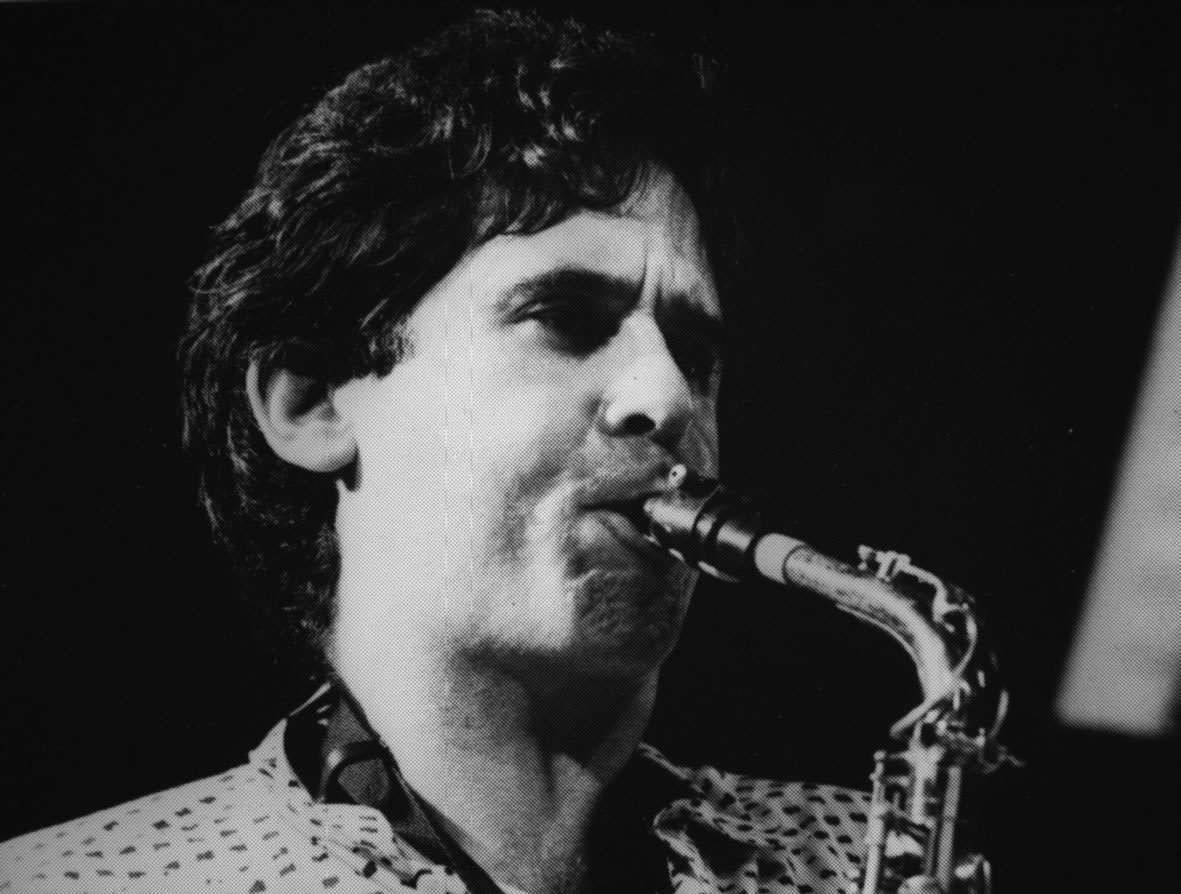

Tim Berne


Ray Anderson
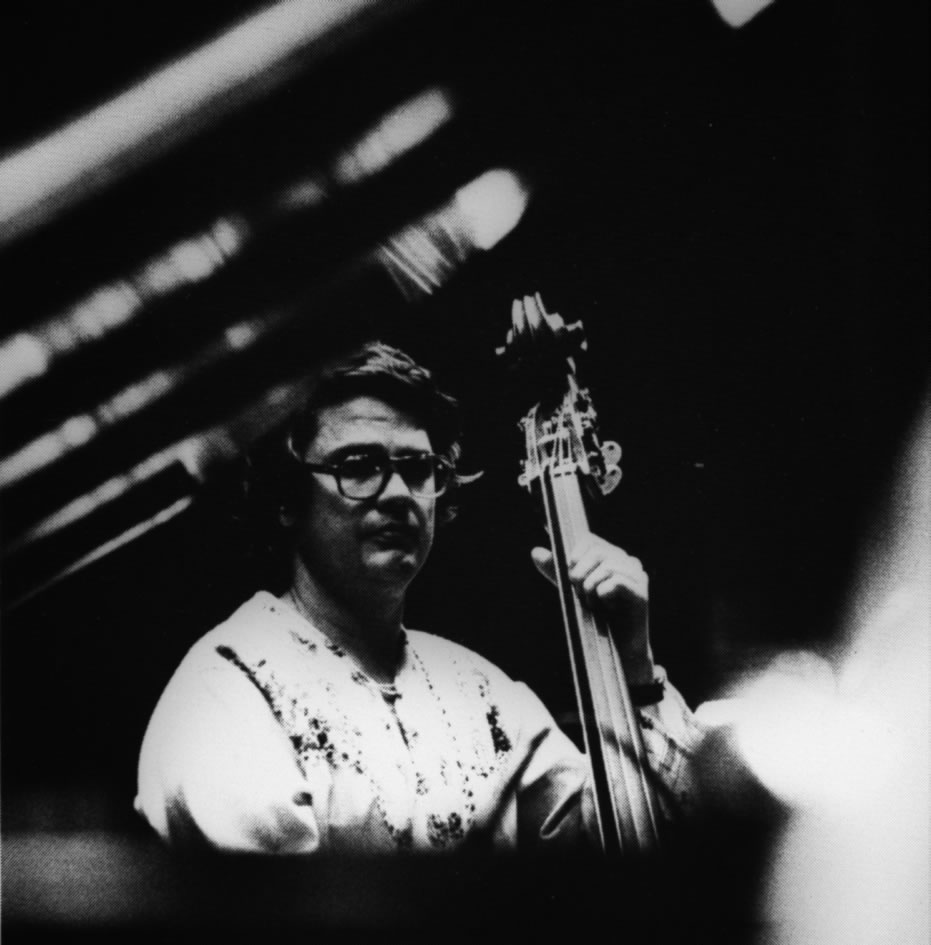

Charlie Haden
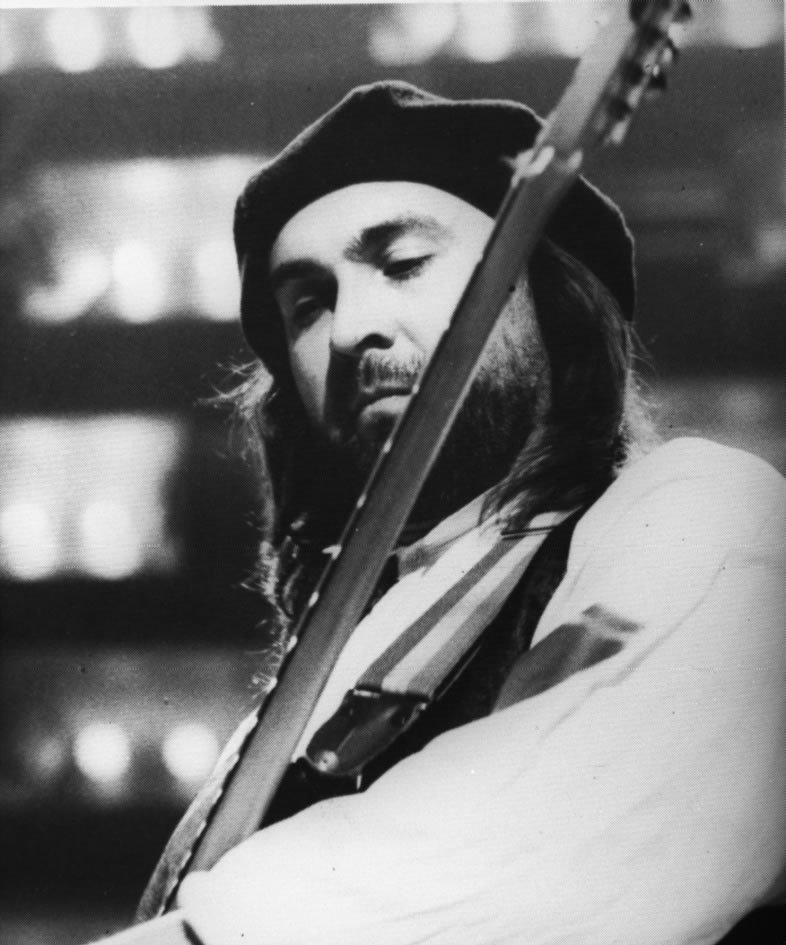

Bill Laswell
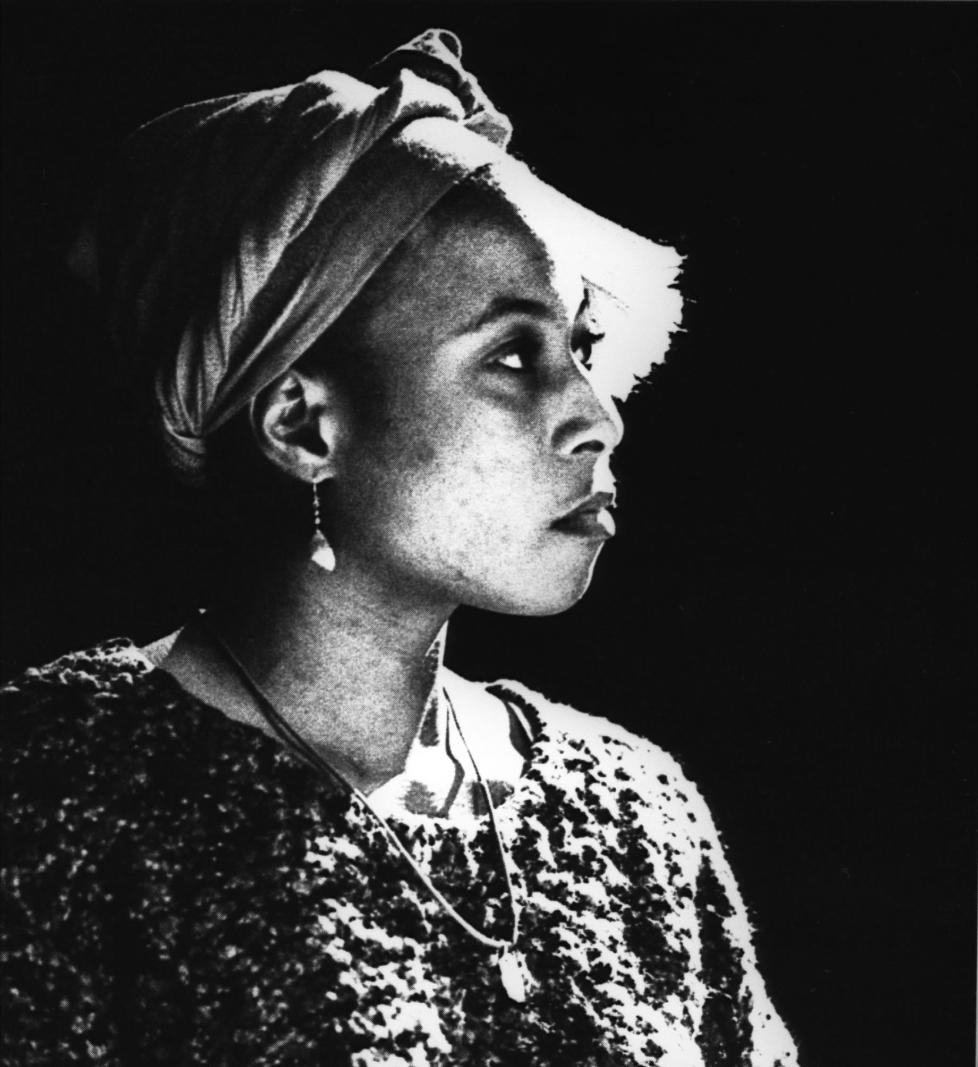

Geri Allen
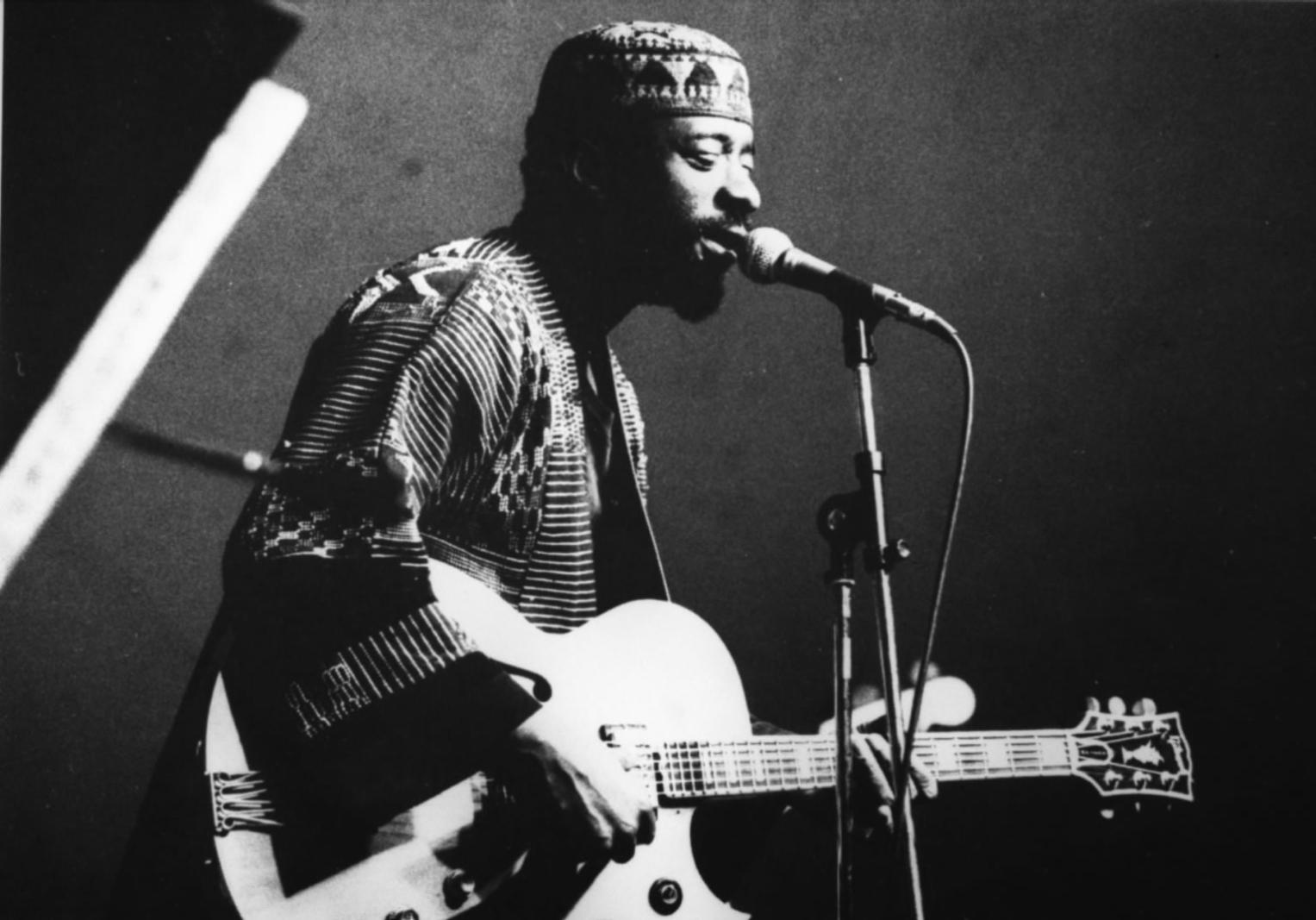

James 'Blood' Ulmer
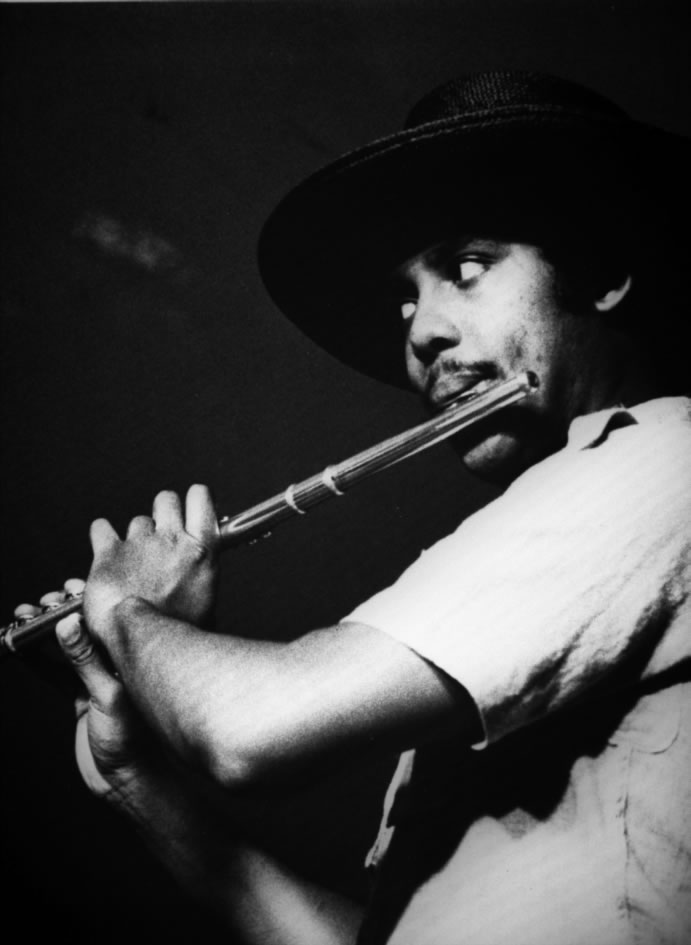

James Newton
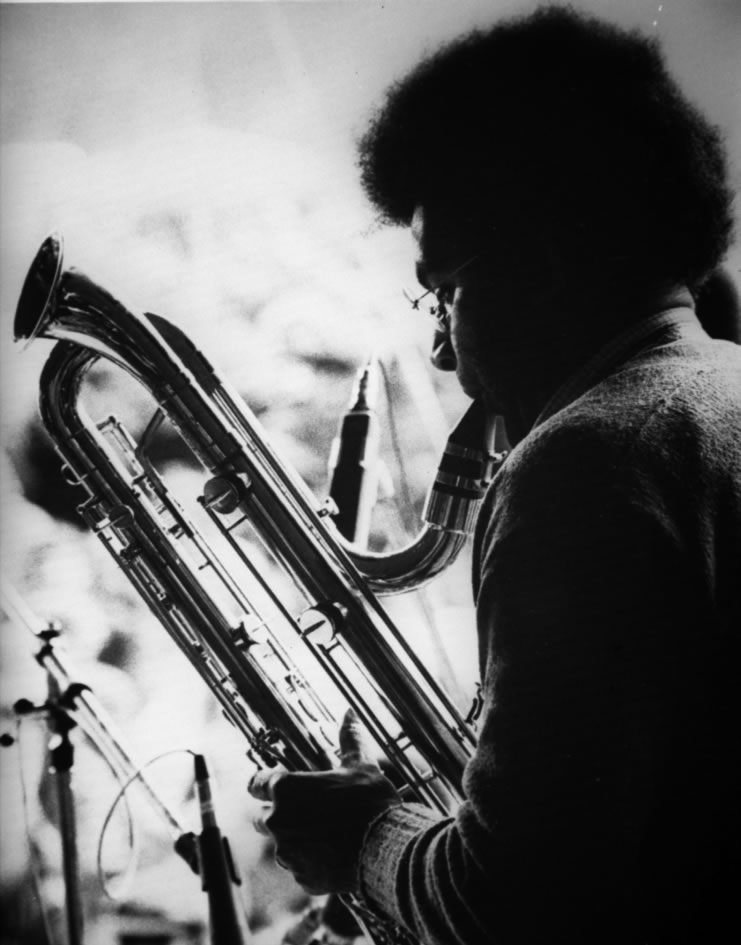

Anthony Braxton


Marylin Mazur
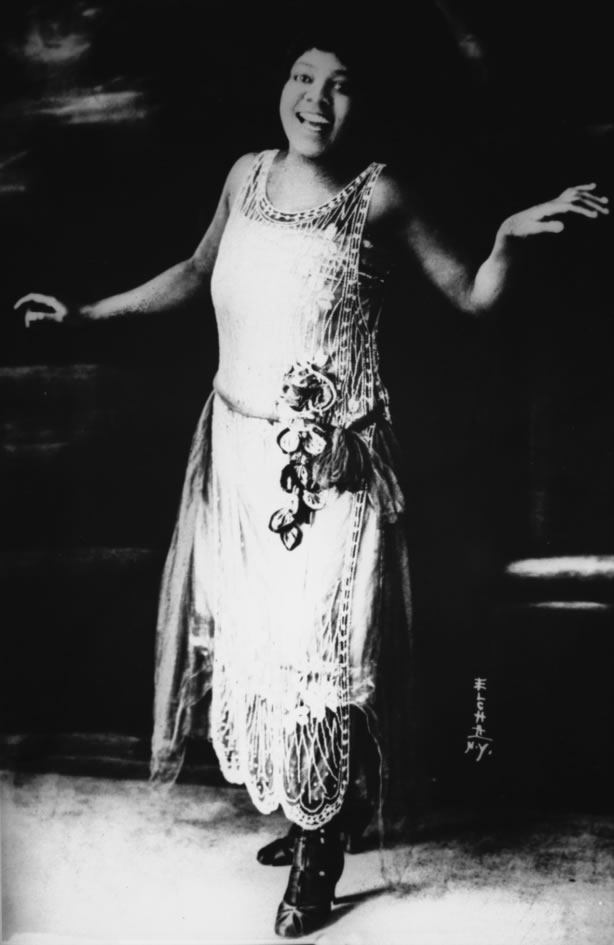

Bessy Smith
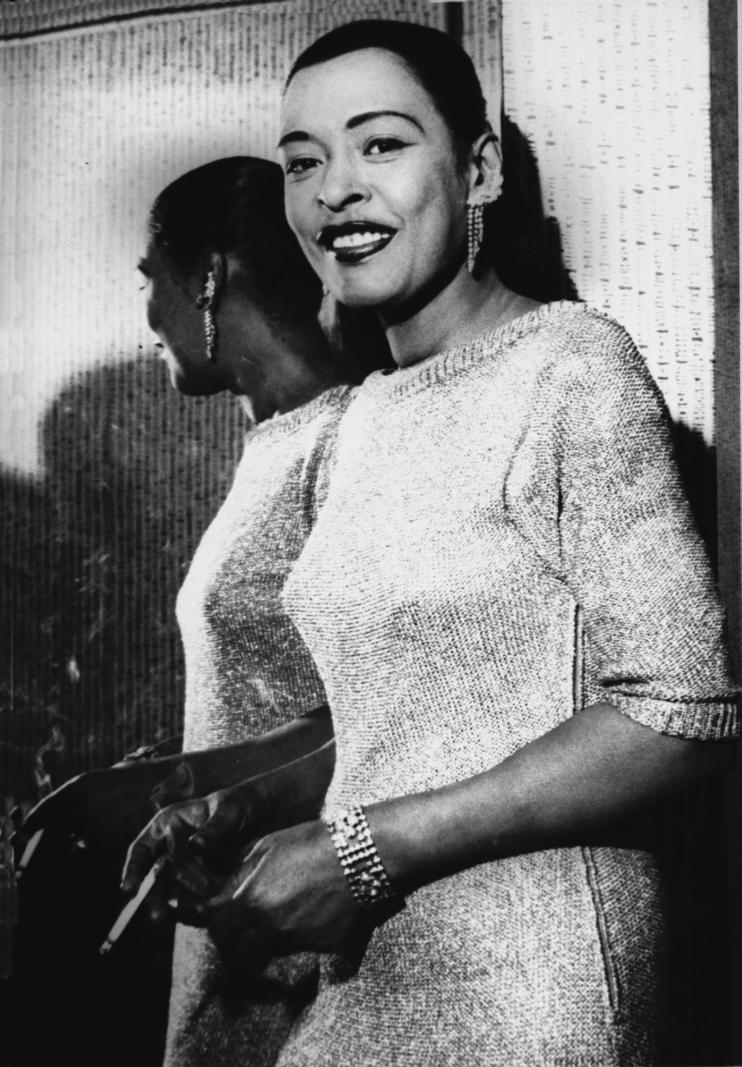

Billy Holiday
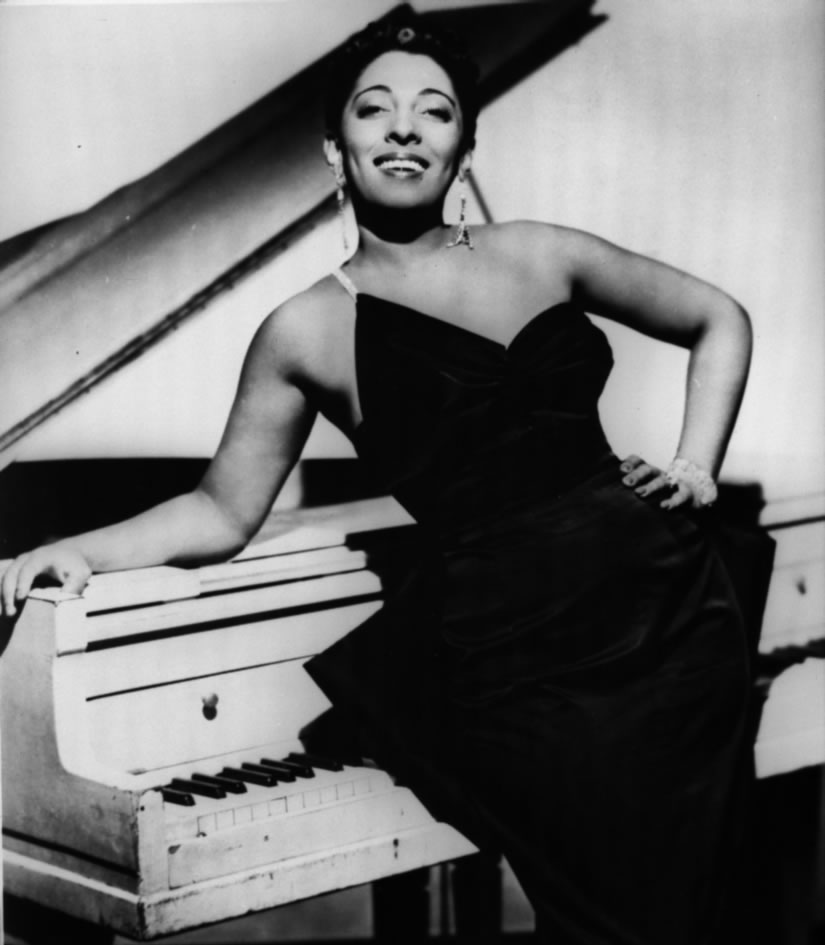

Carmen McRay
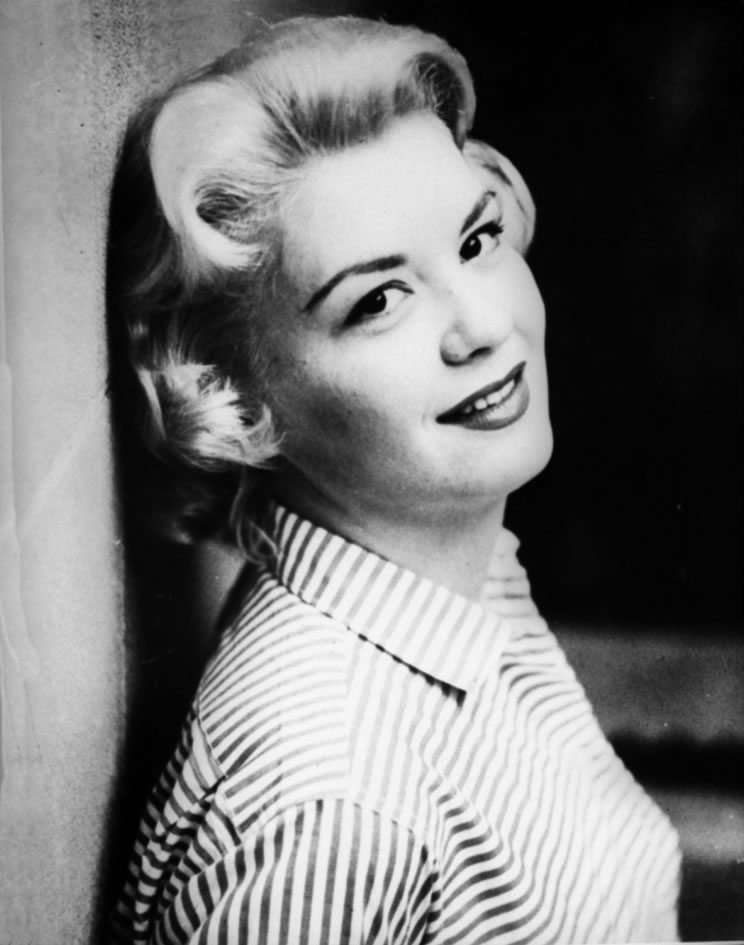

Helen Merill
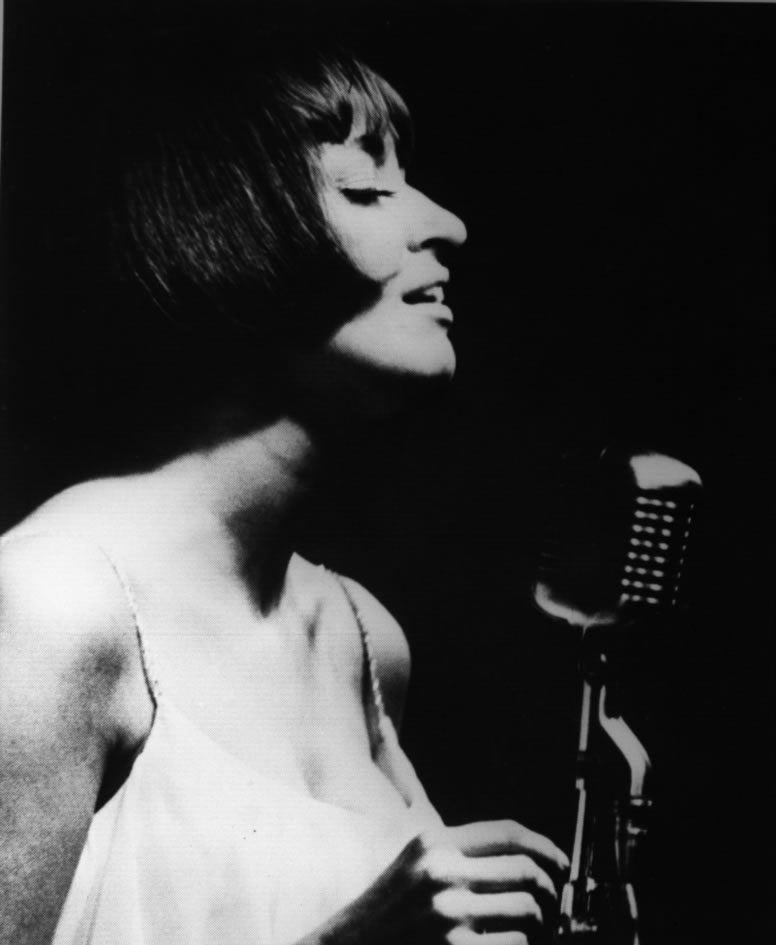

Sheila Jordan
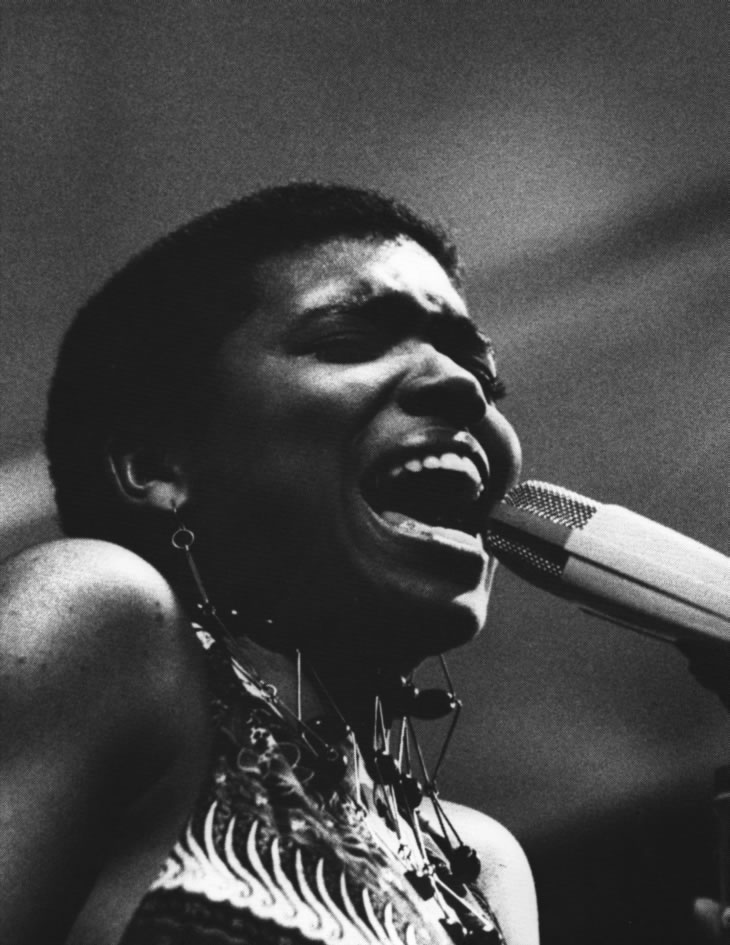

Dee Dee Bridgewater
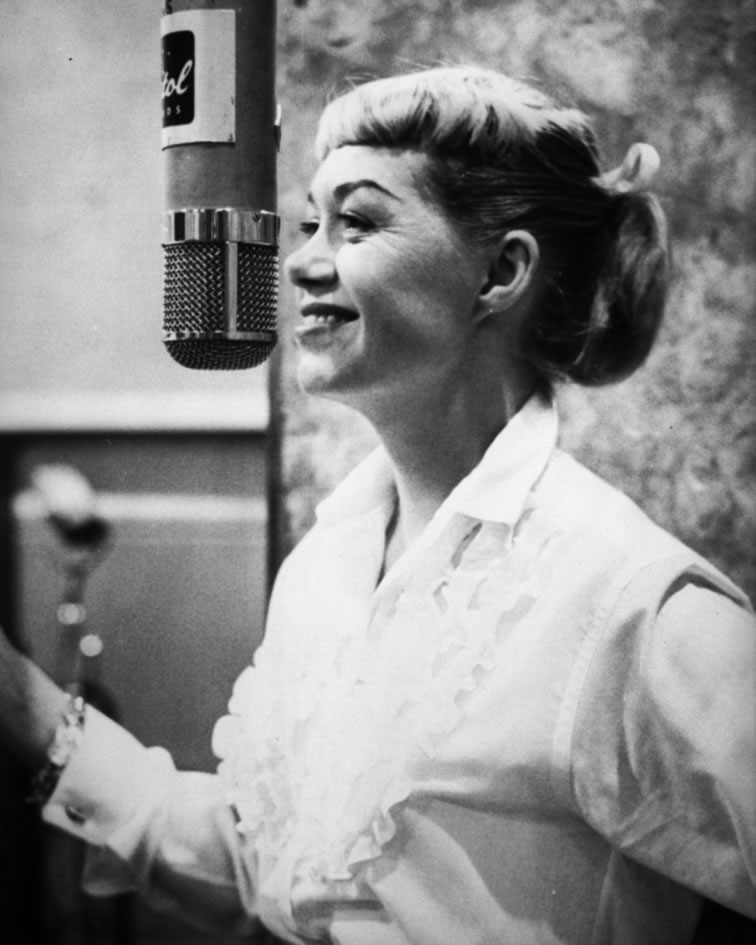

June Christy
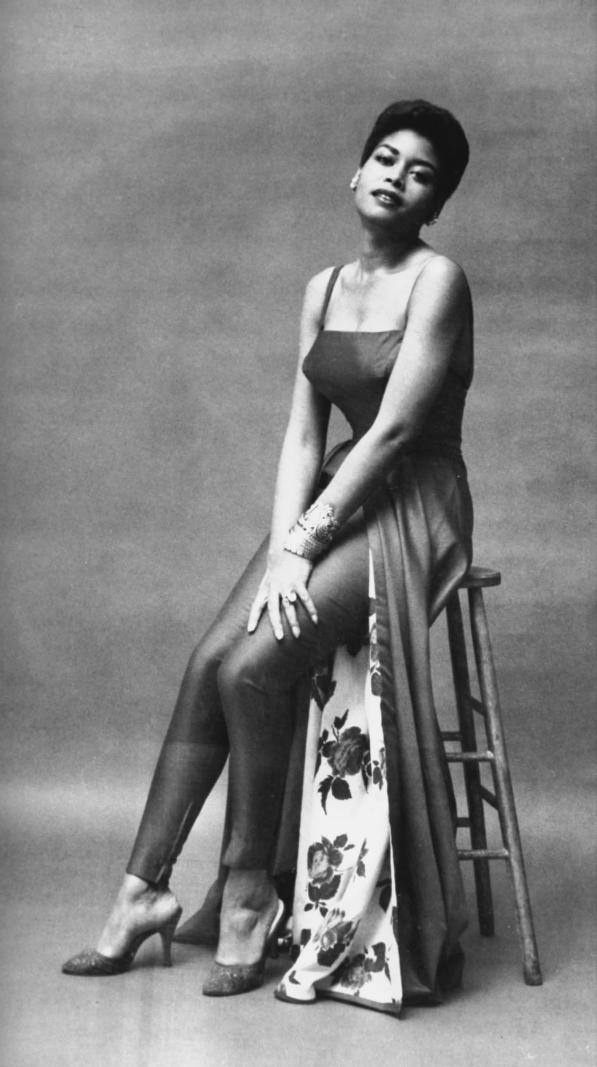

Abbey Lincoln
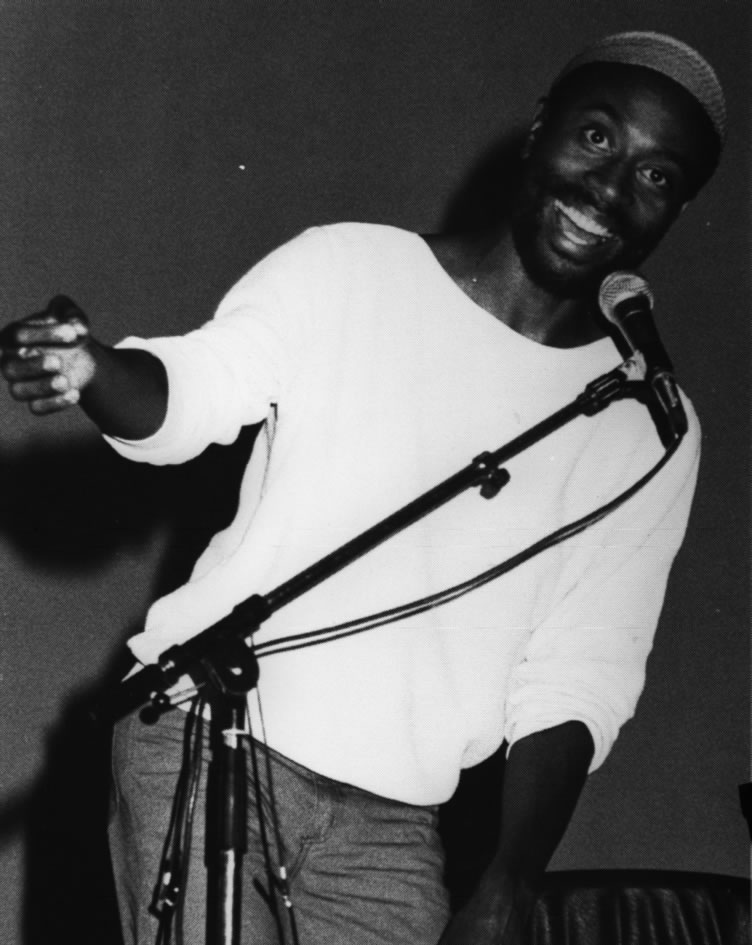

Bobby McFerrin
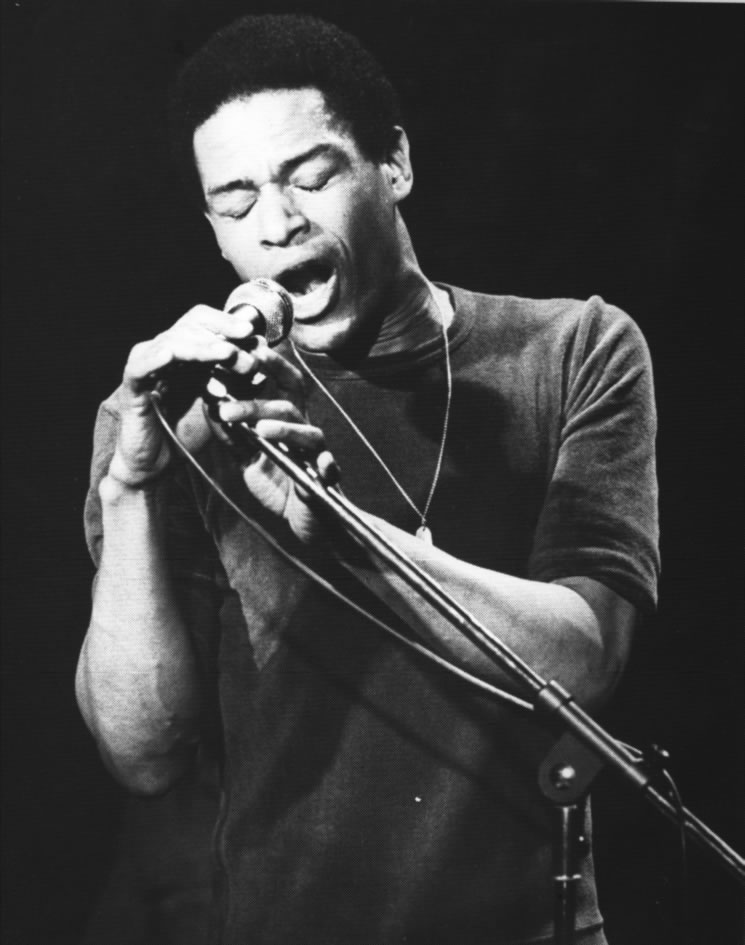

Al Jarreau
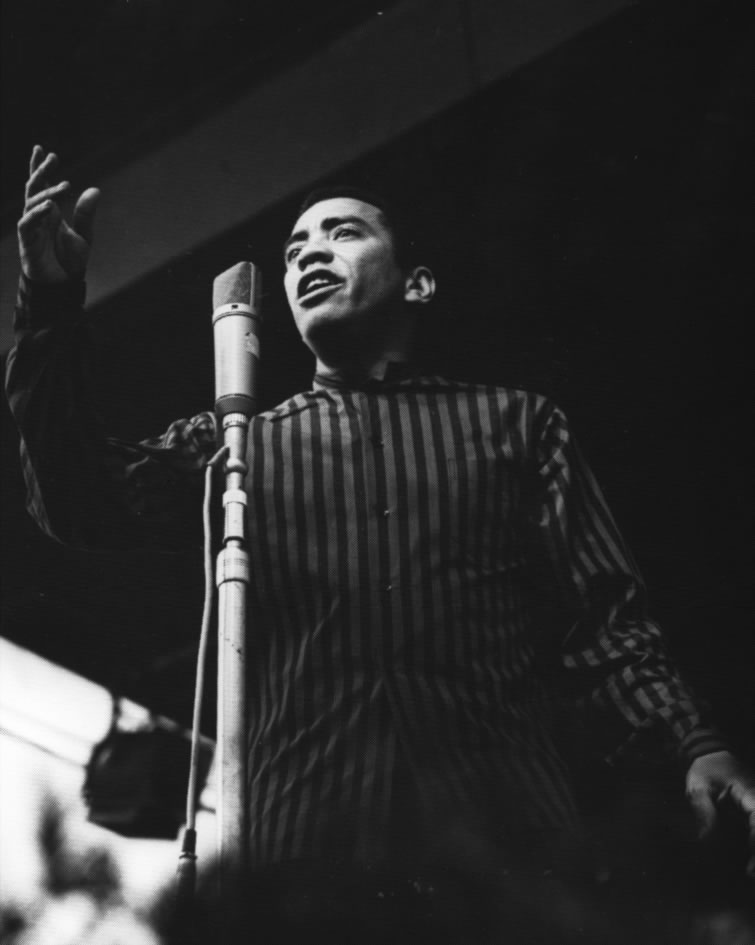

Oscar Brown jr.


Al Hibbler
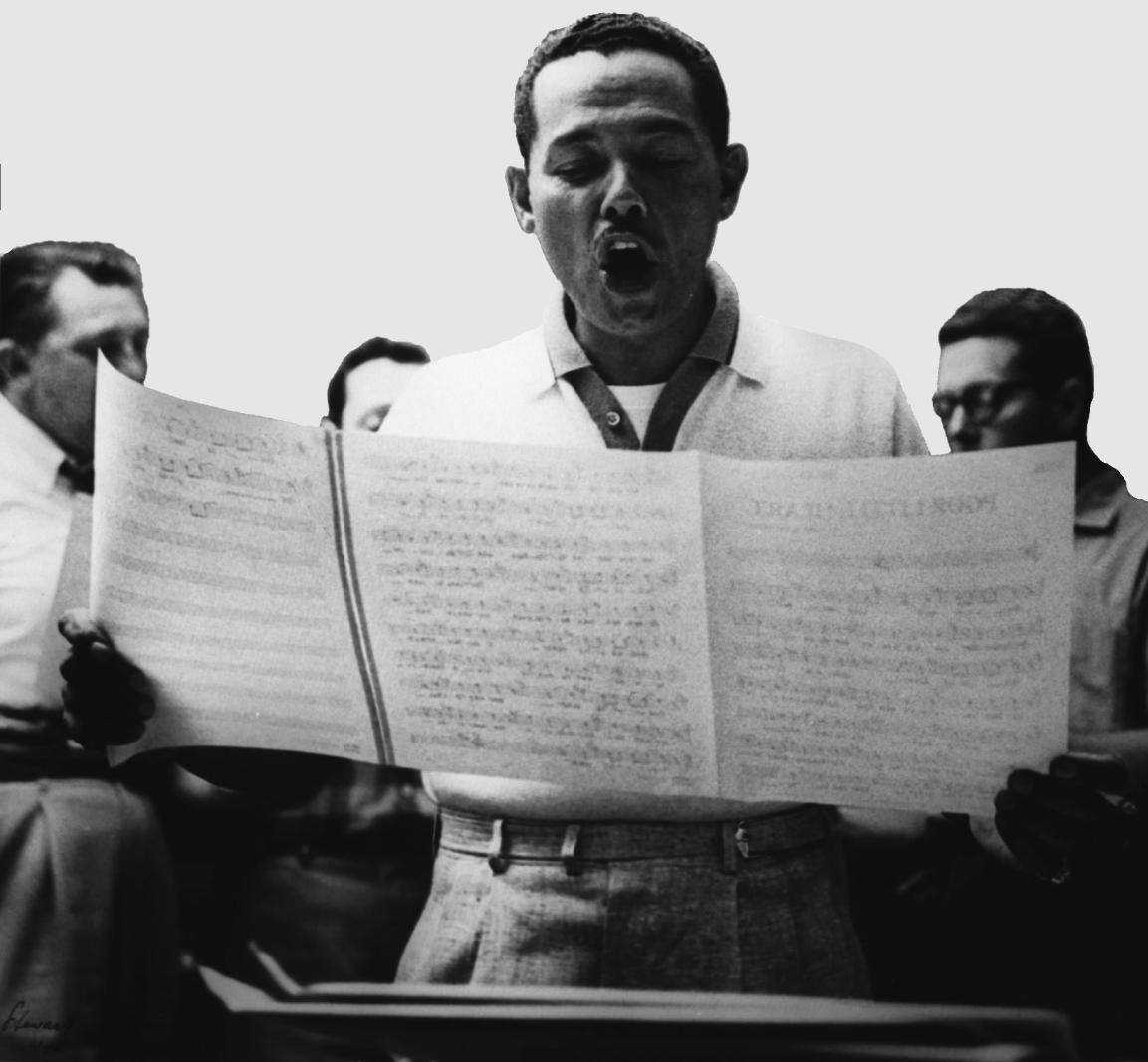

Billy Eckstine
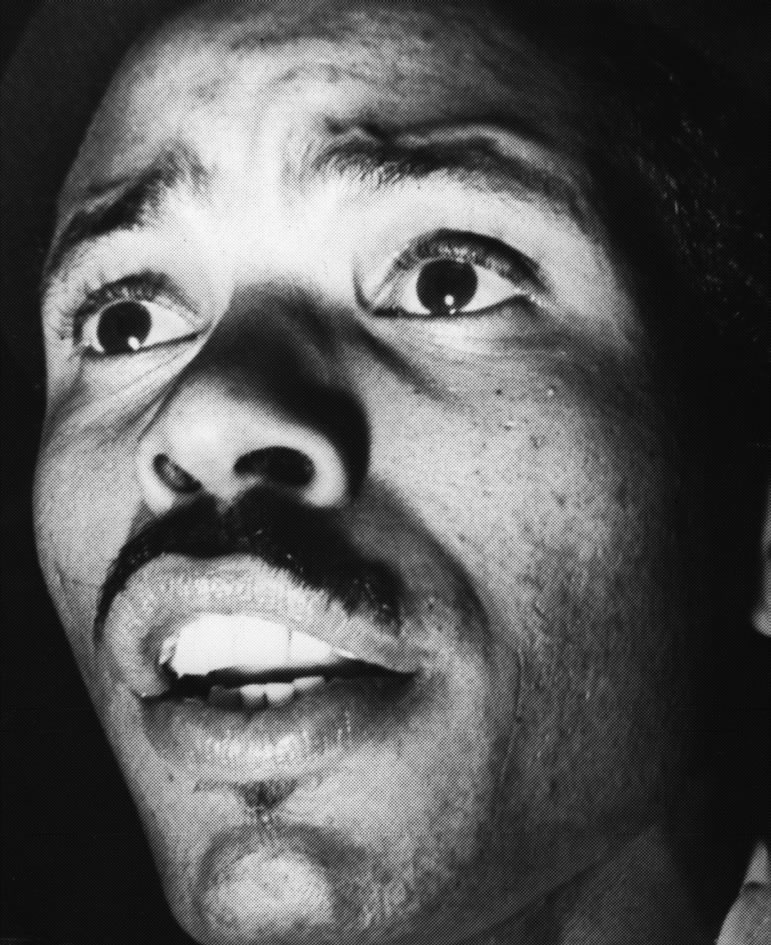

Babs Gonzales
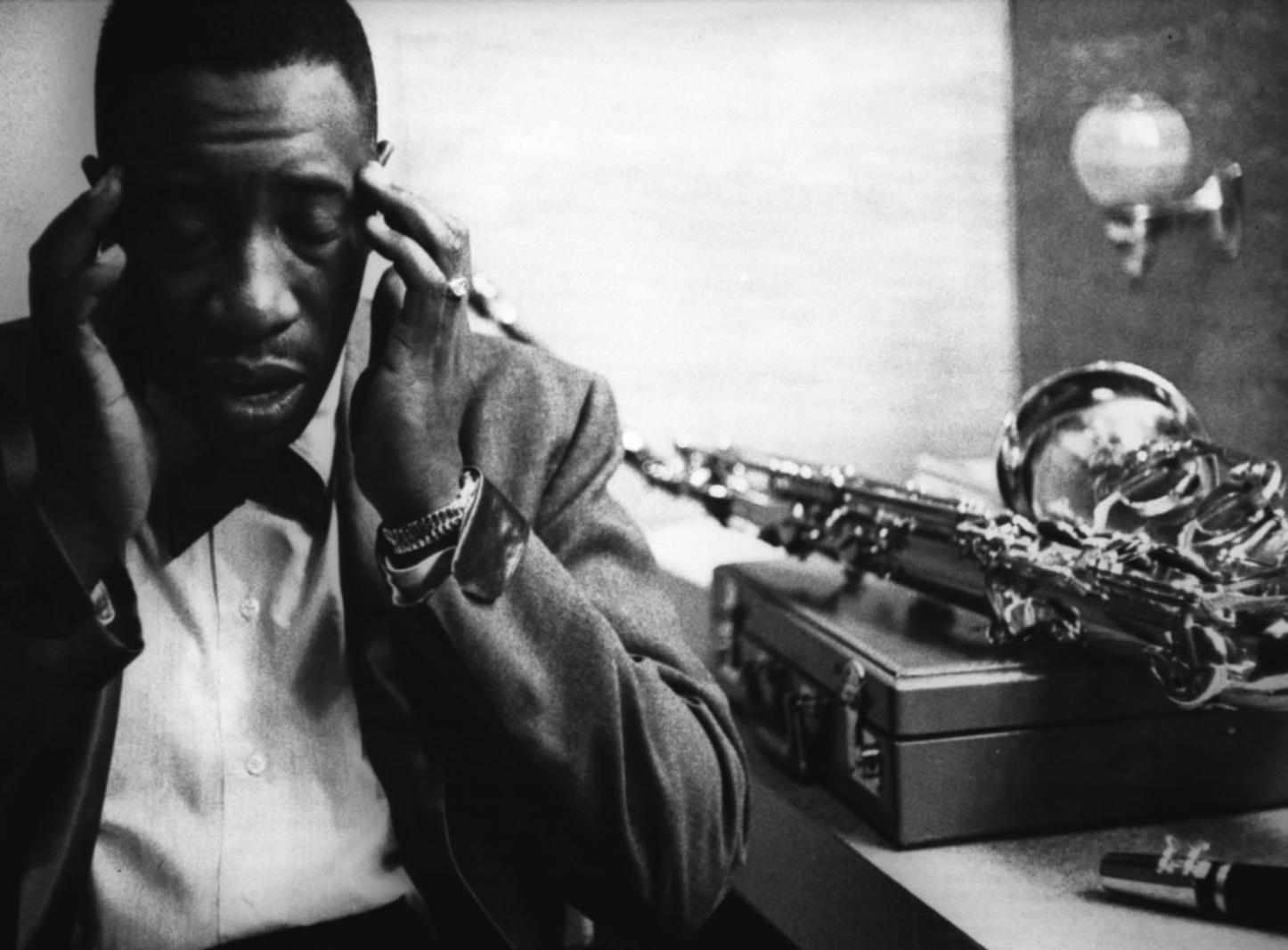

Joe Williams


Dave Lambert, Annie Ross, Jon Hendricks (l to r)
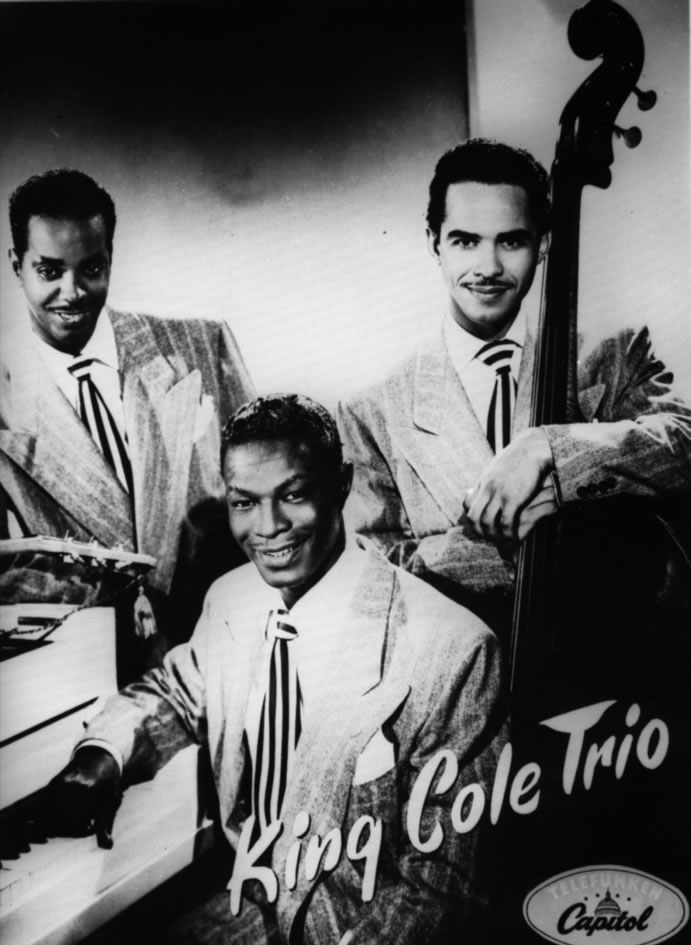

Nat 'King' Cole (middle)
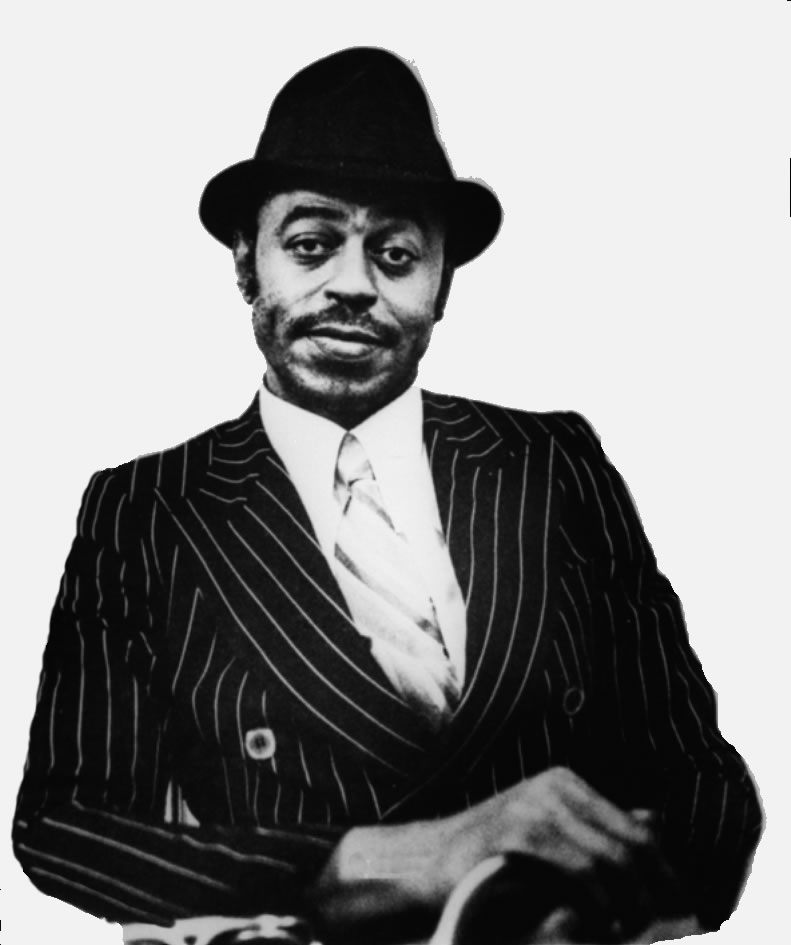

Archie Shepp
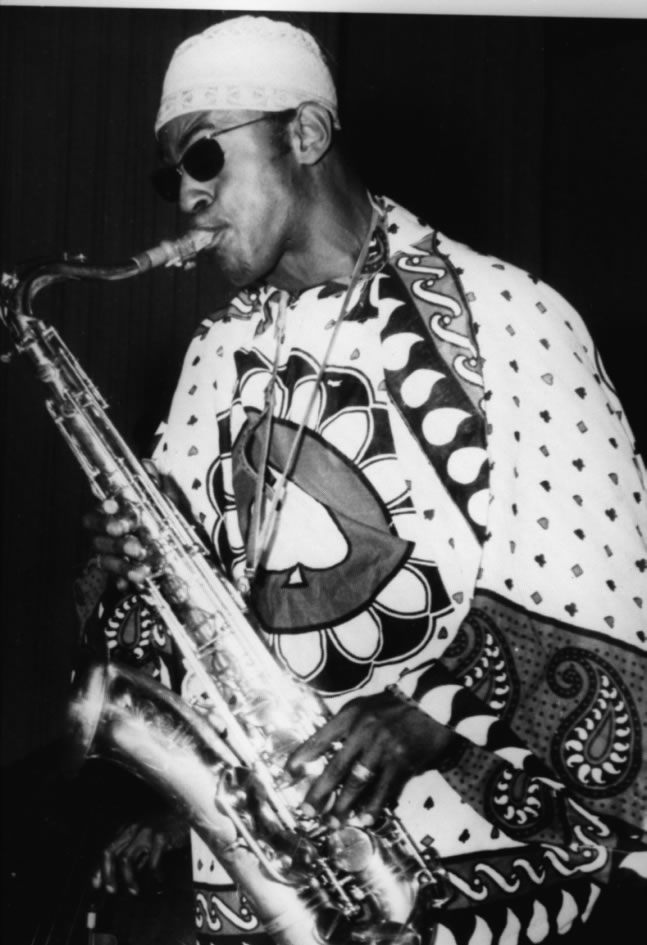

Archie Shepp
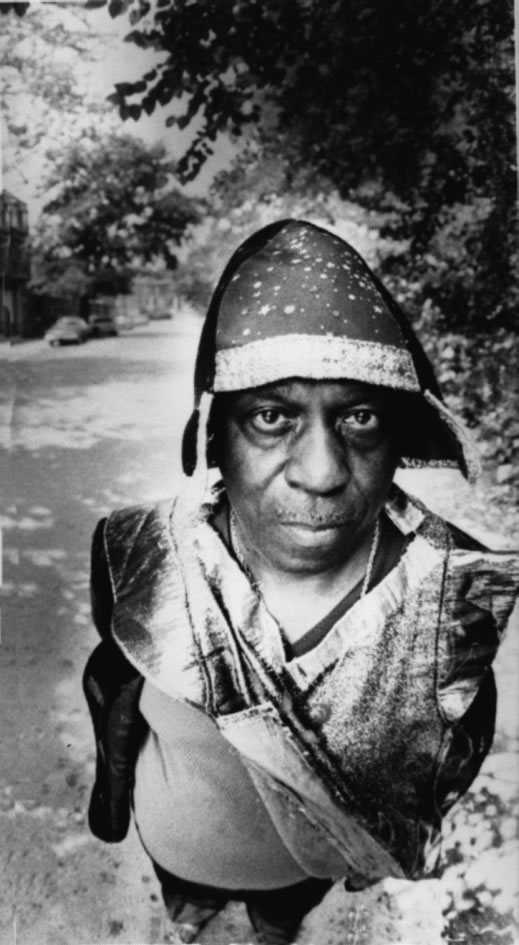

Sun Ra
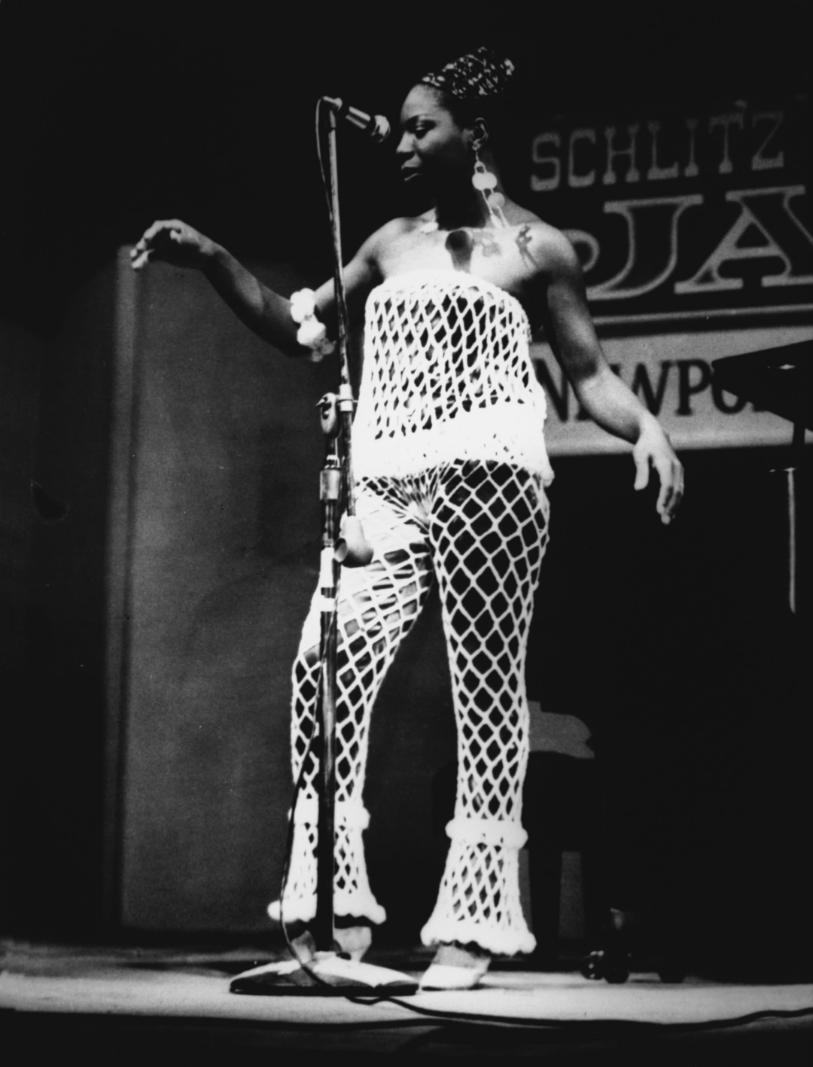

Nina Simone
